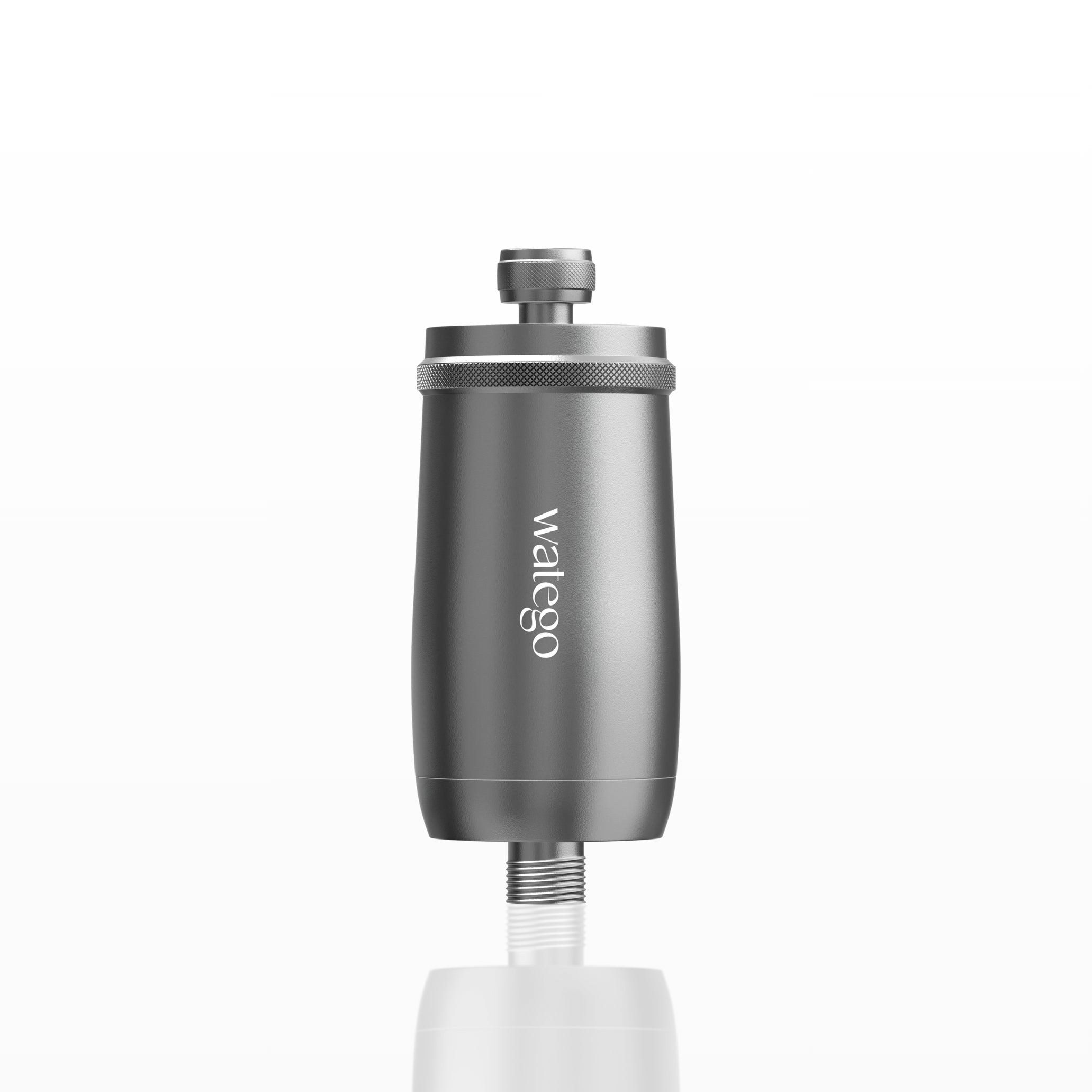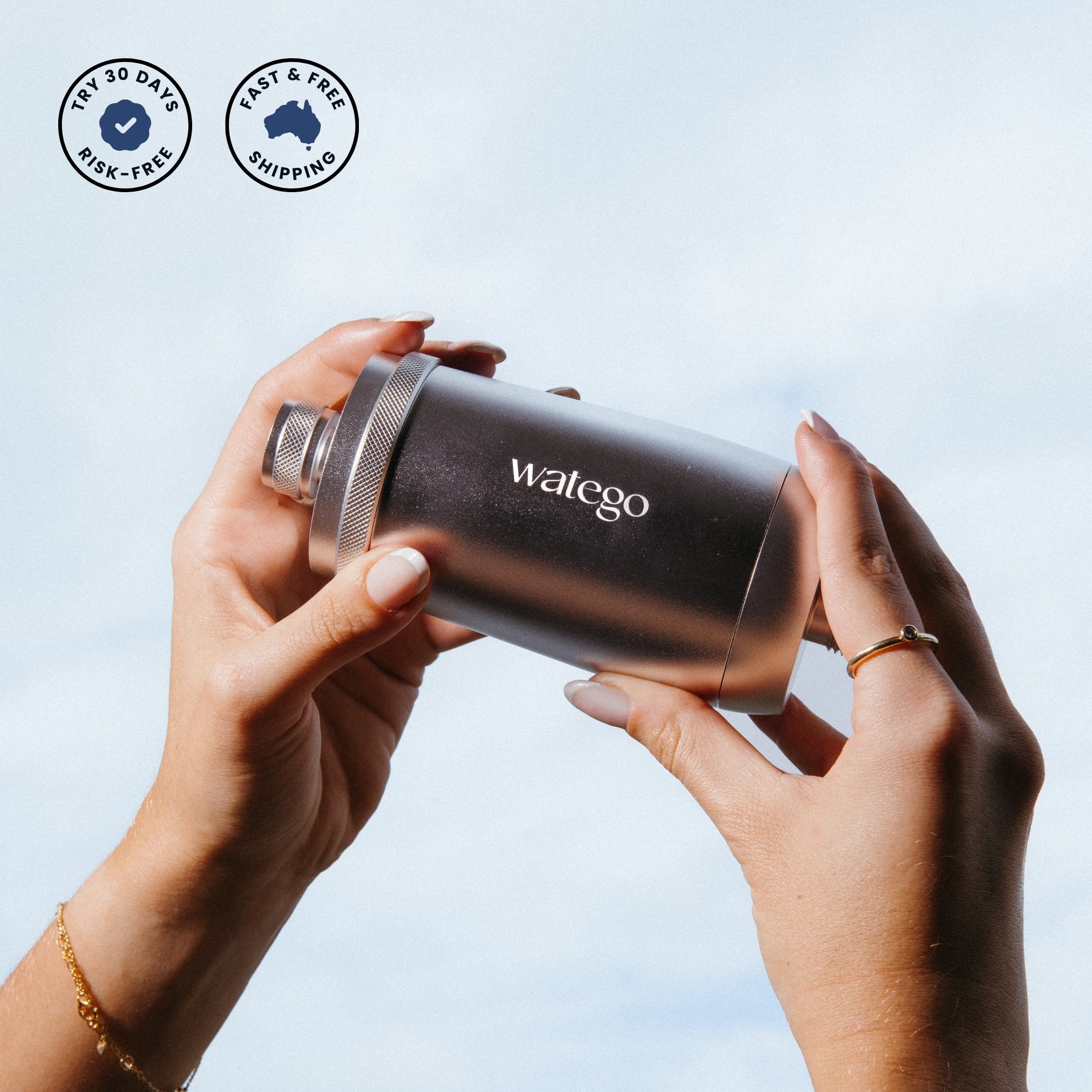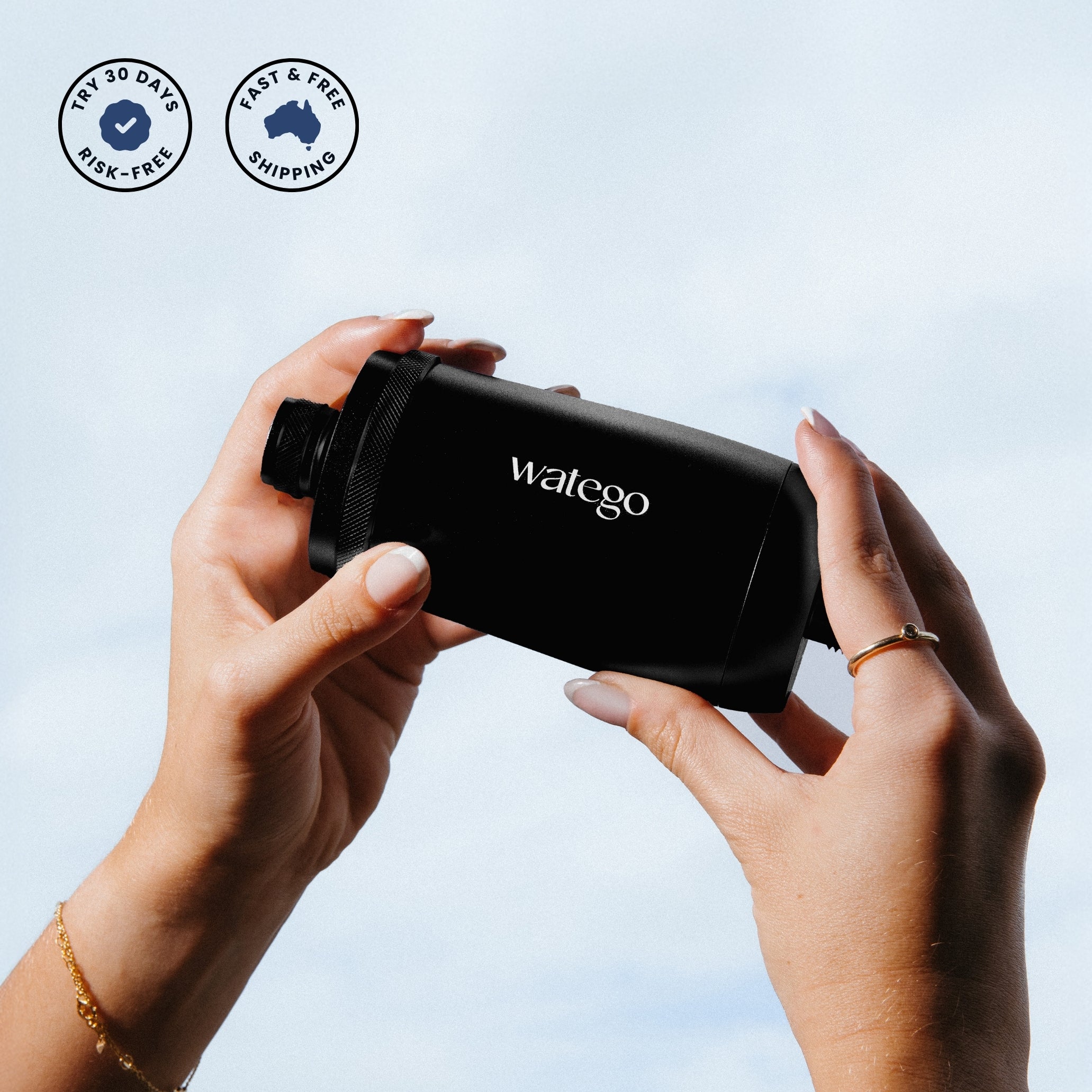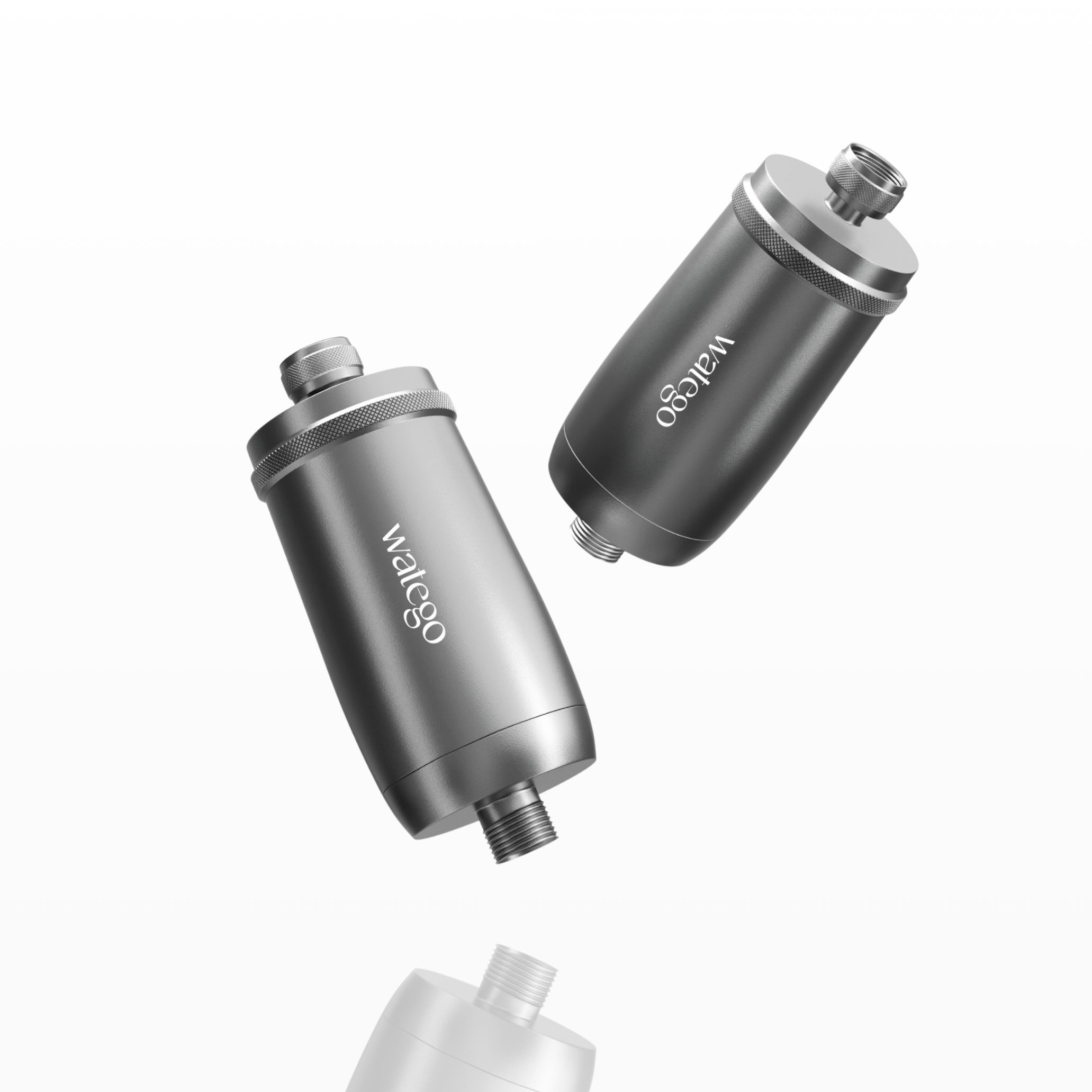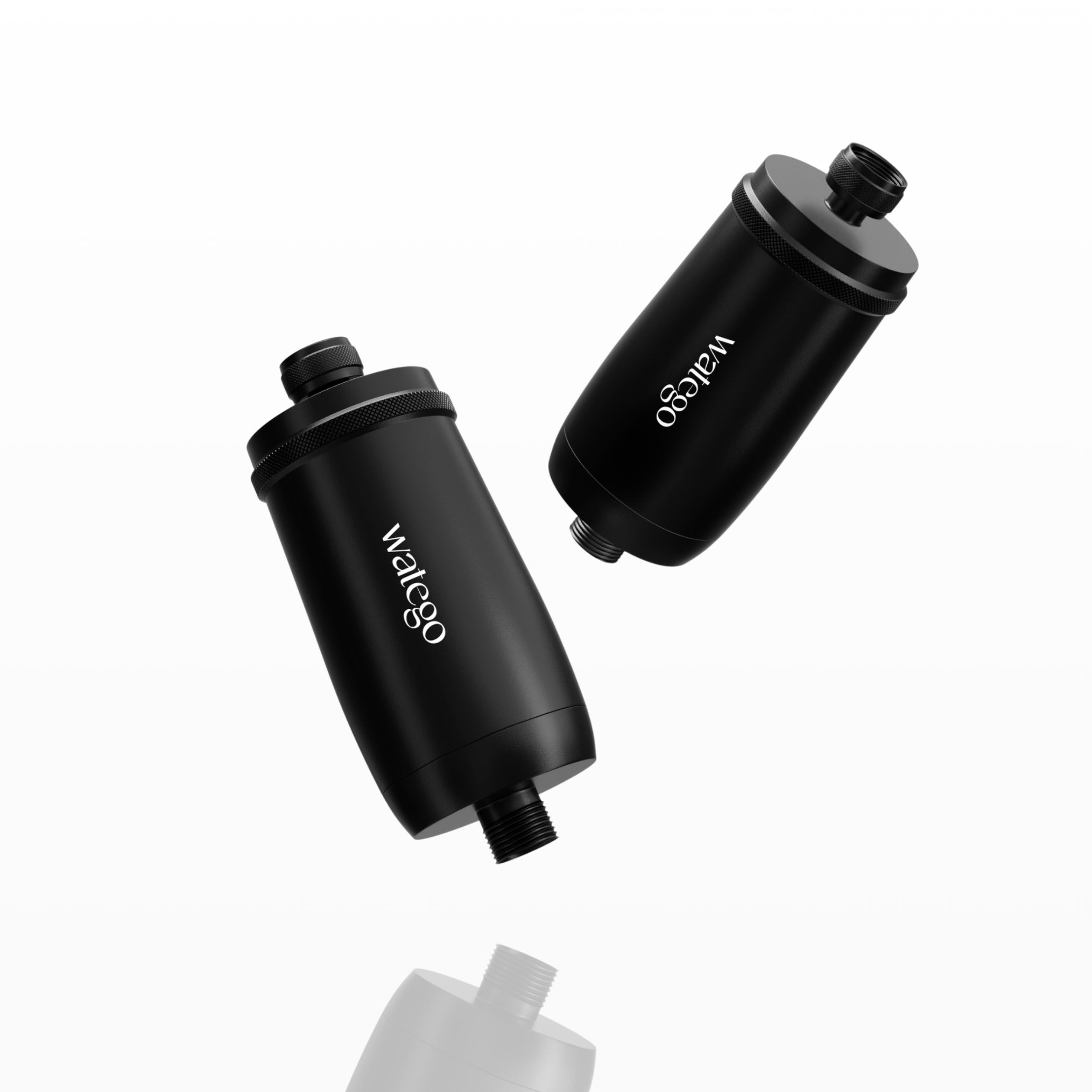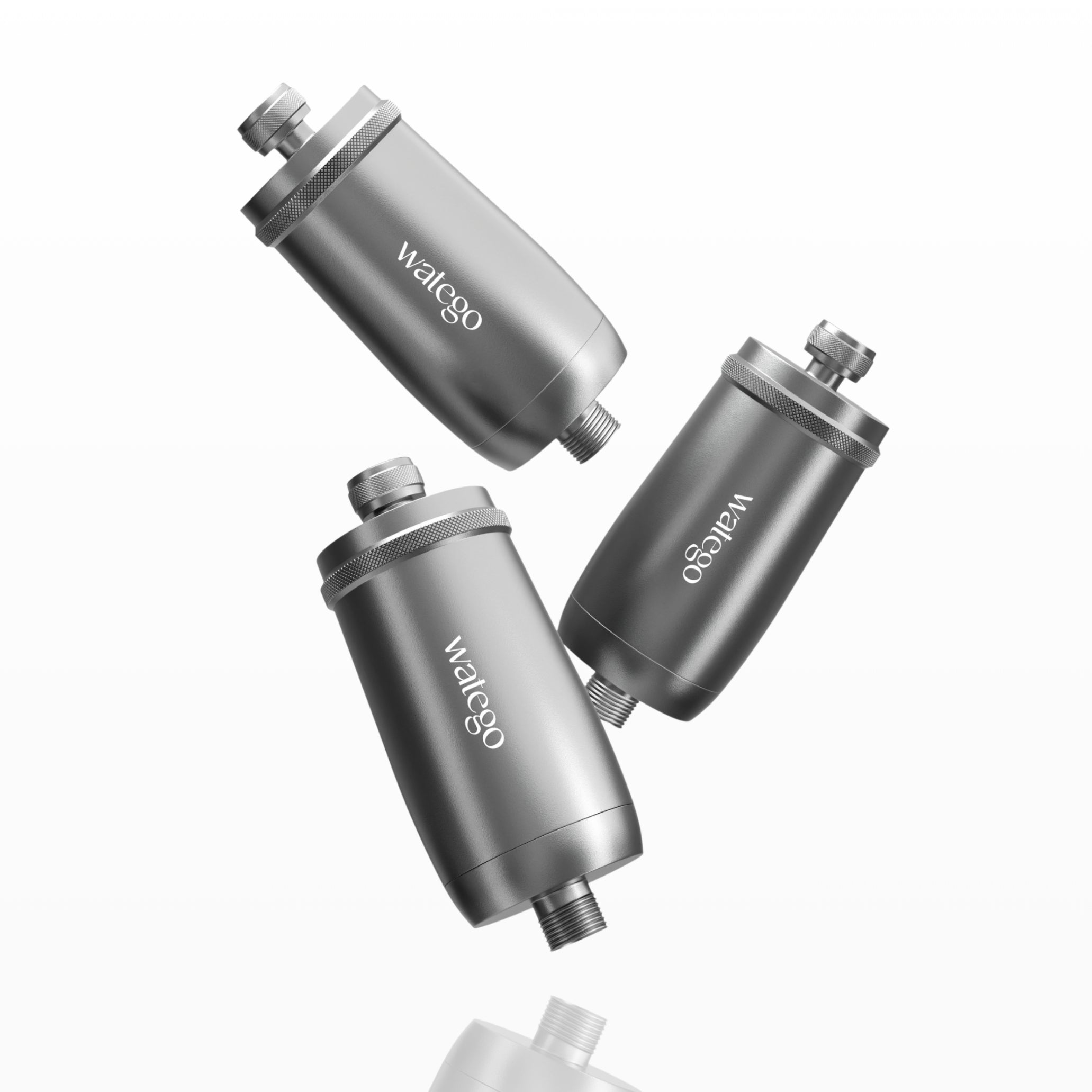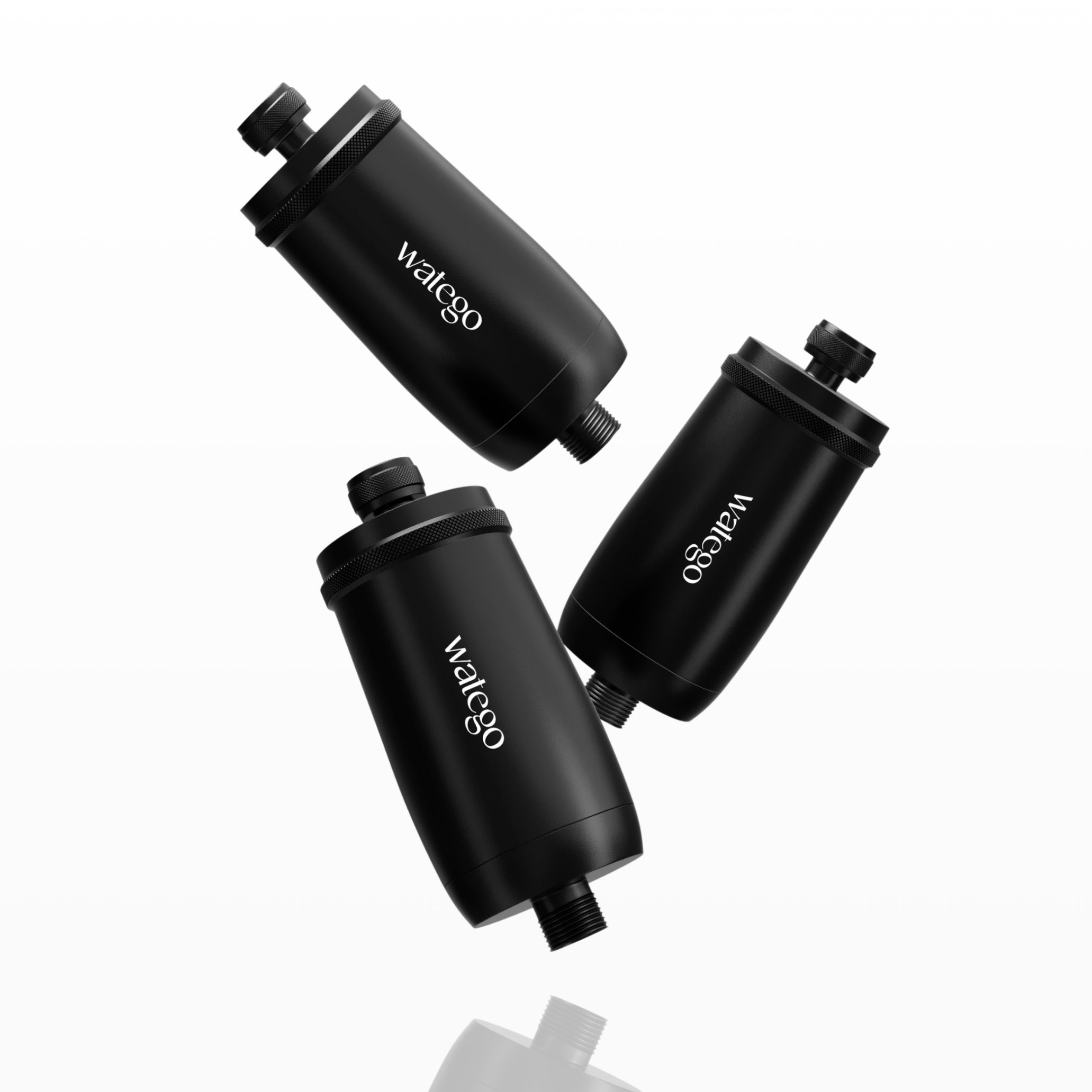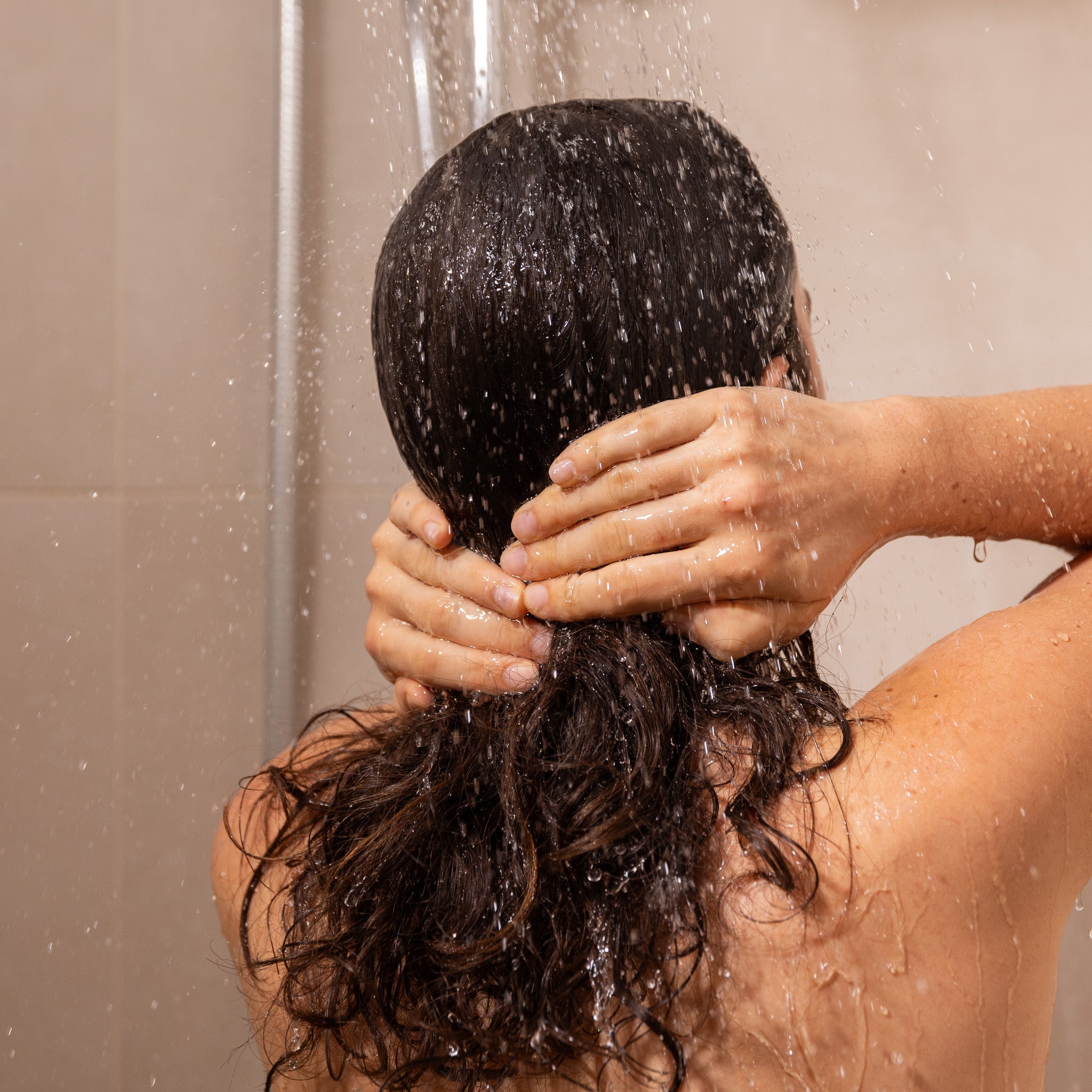If it says “natural,” is it?
When I first started looking into shower filters, I was overwhelmed. So many brands, so many claims. Some were “eco,” others “ionized,” a few promised “vitamin infusions” or “spa-like detox.” Most looked nice. Few had real info.
And that’s the problem. A lot of what’s out there isn’t designed to protect your skin — it’s designed to sell. So if you’ve ever stared at a filter listing wondering what actually works and what’s just wellness-flavoured marketing, this post is for you.
Let’s break it down simply.
Why you even need one (real quick)
If you’re new here: Australian tap water is treated with chlorine to kill bacteria. Good for safety, bad for your skin barrier. Add in heavy metals, chemical byproducts, and possibly microplastics — and suddenly you’re rinsing your body in a cocktail your skin was never meant to handle.
A good filter removes what doesn’t belong. But not all filters are created equal.
What to actually look for in a shower filter
1. Multi-stage filtration
You want a filter that does more than one thing — like catching sediment and removing chlorine. Look for:
• KDF-55 or KDF-85: Excellent for removing chlorine, heavy metals, and bacteria.
• Activated carbon: Great for chlorine and VOCs (volatile organic compounds).
• Calcium sulphite: Works well at both high and low temperatures.
• Ceramic or cotton layers: Traps fine particles and sediment.
Bonus if it also balances pH or includes vitamin C but only if the core filtration is solid.
2. Proven effectiveness
You should be asking:
- Has the filter been properly tested?
- Are there any independent lab results?
- Is it clear how long it actually lasts before needing to change?
3. Australian compatibility
Some filters are made for US plumbing sizes or water quality. In Australia, water tends to be softer, but heavily chlorinated — so our filters should be focused on chlorine and chemical reduction, not just hard water softening.
4. Clear refill intervals
Any brand that tells you their filter lasts “up to a year” without data is probably stretching the truth. Most filters need replacing every 3–4 months depending on water usage. Look for filters that use, easy to replace cartridges, or even better, a subscription that suits you.
Red flags to look for:
- Vague language like “purifies,” “energizes,” “ionizes” — unless there’s proof.
- Vitamin C-only filters that don’t address heavy metals or particles.
- Cheap plastic options with no real filtration media.
- Gimmicky minerals or beads that “revitalise” water but don’t clean it.
What I chose — and why
After testing a bunch of filters (and being disappointed by more than a few), I decided to create Watego. Not because I needed a new project — but because I couldn’t find a filter that ticked all the boxes:
- Actually removed the junk
- Didn’t need plumbing experience
- Looked high-end, yet minimal
- Was made for Australian water
If you’re in the same boat I was — skin feeling off, hair not behaving, or just not trusting what’s in the water — I hope this helps.
Here's simple checklist for choosing your filter
✅ Multi-stage filtration (KDF + Carbon is ideal)
✅ Compatible with Australian plumbing (1/2 inch BSP)
✅ Transparent lifespan and replacement plan
✅ Independent testing or clear specs
✅ No gimmicks, no BS
You can explore the Watego filter here, or if you’re not ready yet, just start by noticing how your skin feels after your next shower. Sometimes that’s the most honest indicator of all.



